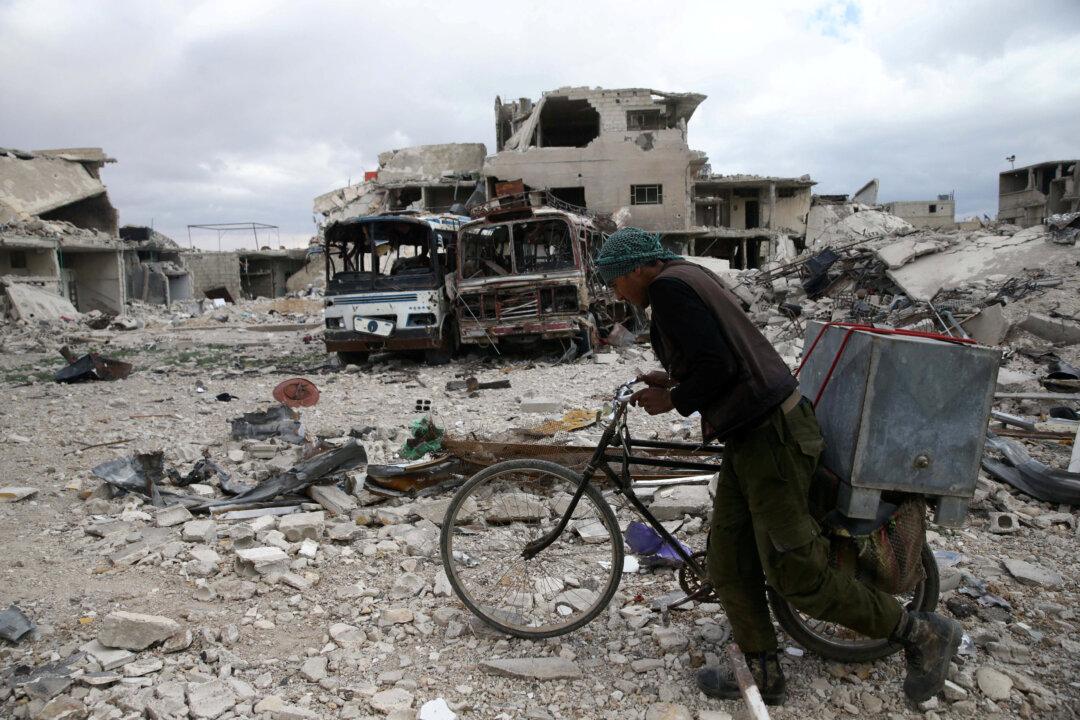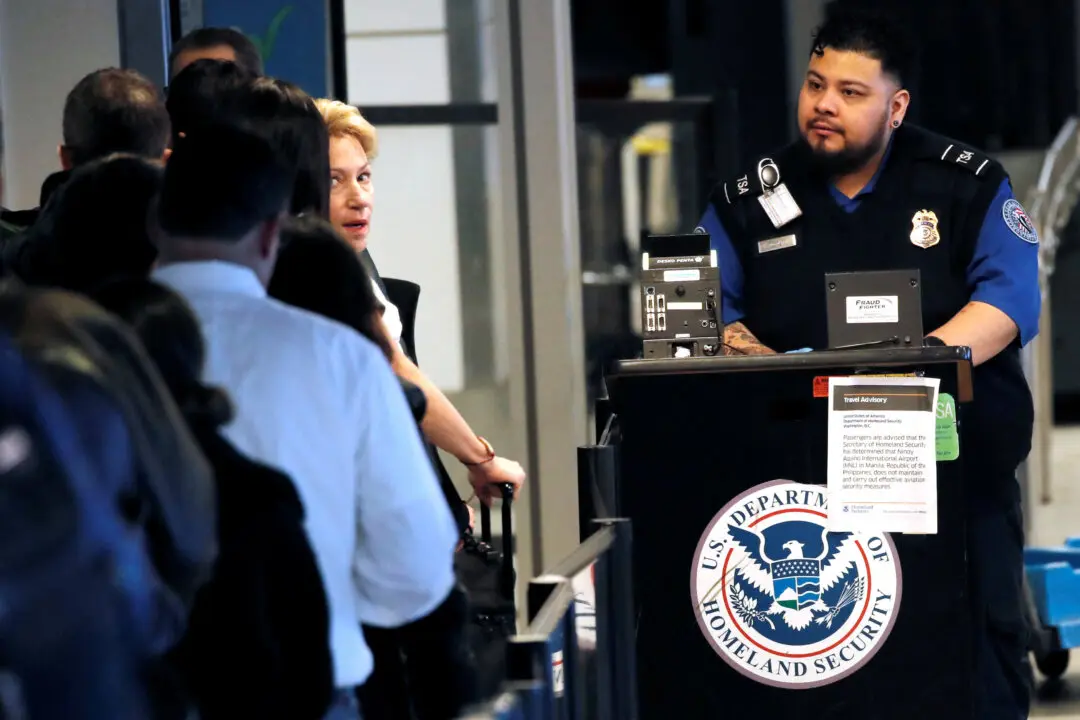BRUSSELS—Civilians can no longer flee fighting and bombing raids in Syria because borders are so tightly controlled and neighbouring countries are overwhelmed by refugees, creating some of the worst suffering in modern times, a top U.N. agency chief said.
U.N. High Commissioner for Refugees Filippo Grandi was warning of a new disaster if the rebel-controlled Syrian city of Idlib was the next target of the Syrian military.





